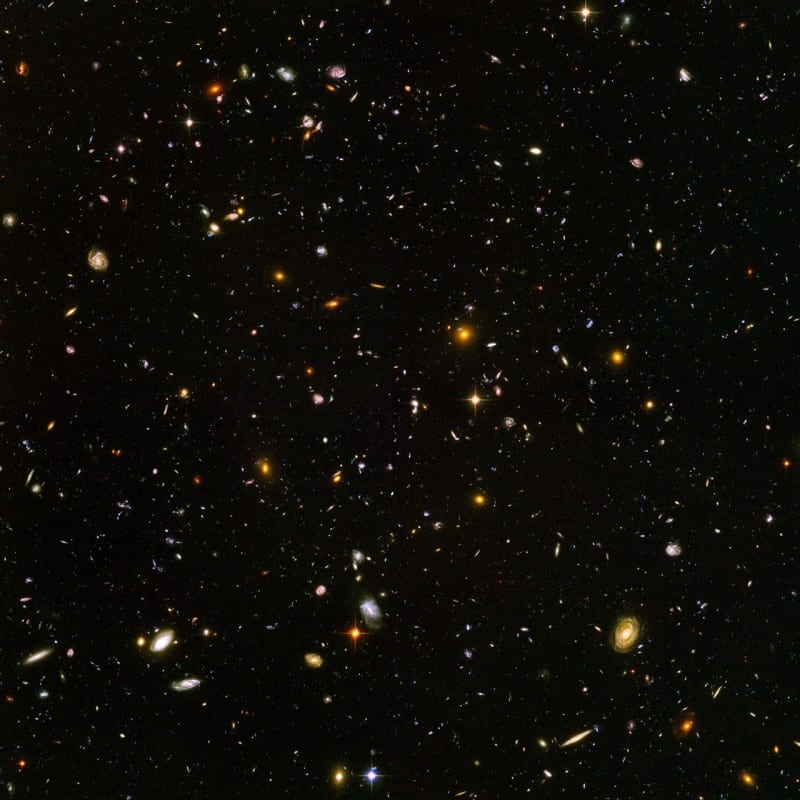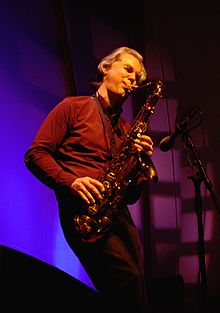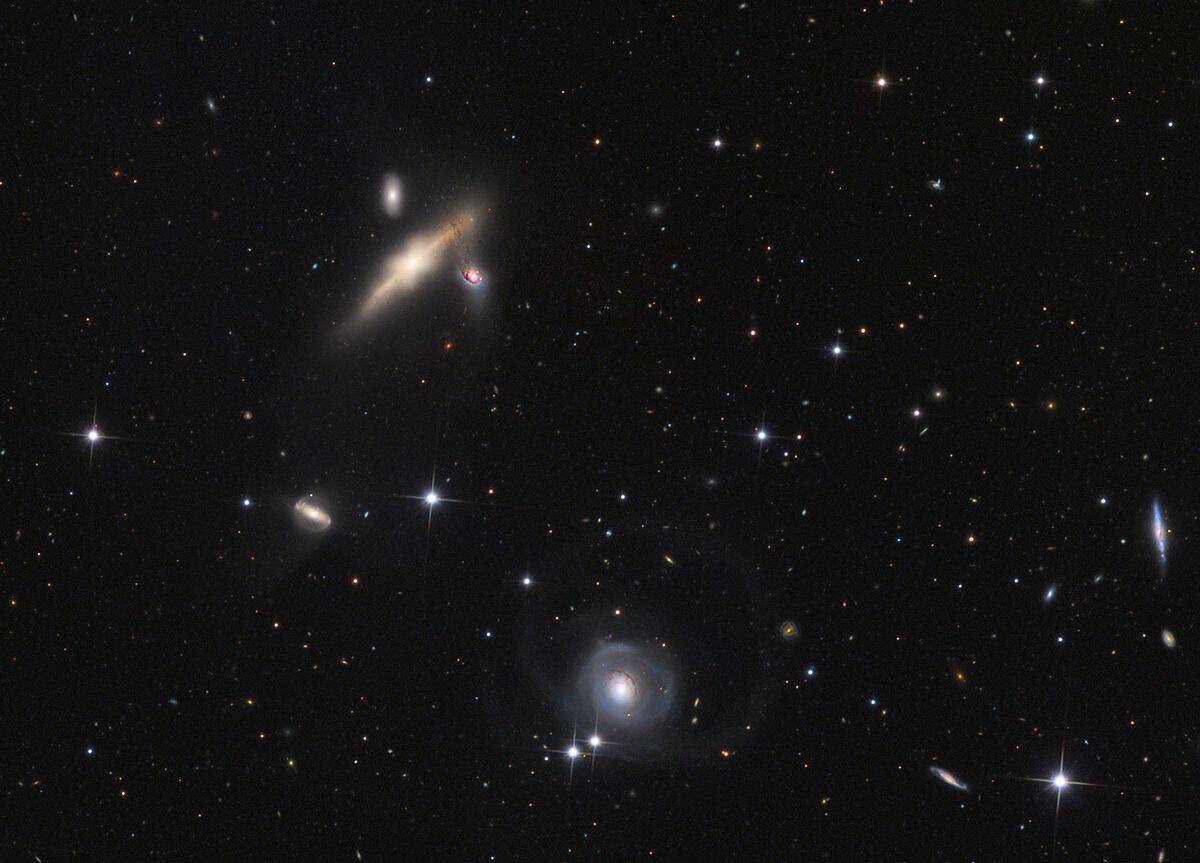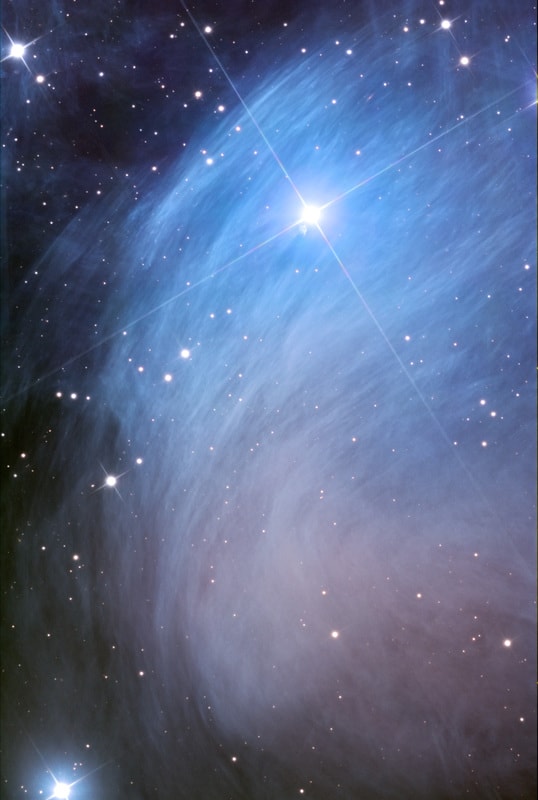Blog
Walter E. “Furry” Lewis (March 6, 1893 or 1899 – September 14, 1981) was an American country blues guitarist and songwriter from Memphis, Tennessee. He was one of the first of the blues musicians active in the 1920s to be brought out of retirement and given new opportunities to record during the folk blues revival of the 1960s.
Lewis was born in Greenwood, Mississippi. His birth year is uncertain. Many sources give 1893, the date he gave in his later years, but the researchers Bob Eagle and Eric LeBlanc suggest 1899, based on his 1900 census entry, and other sources suggest 1895 or 1898. His family moved to Memphis when he was seven. He acquired the nickname “Furry” from childhood playmates.By 1908, he was playing solo at parties, in taverns, and on the street. He was also invited to play several dates with W. C. Handy‘s Orchestra.
In his travels as a musician, he was exposed to a wide variety of performers, including Bessie Smith, Blind Lemon Jefferson, and Alger “Texas” Alexander. Like his contemporary Frank Stokes, he grew tired of traveling and took a permanent job in 1922. His position as a street sweeper for the city of Memphis, a job he held until his retirement in 1966, allowed him to continue performing music in Memphis.
more...World Music from the Yoruba traditions brought to the diaspora via
Candomble y Santeria featuring POPURRI DE CANTOS A OSHUN
https://www.youtube.com/watch?v=tCu51MncMhc&index=43&list=PLEB3LPVcGcWbHKyo-uy8CkVvebHEsluVK
more...The Hubble Ultra-Deep Field in Light and Sound
Galaxies, galaxies everywhere – as far as the NASA/ESA Hubble Space Telescope can see. This view of nearly 10,000 galaxies is the deepest visible-light image of the cosmos. Called the Hubble Ultra Deep Field, this galaxy-studded view represents a “deep” core sample of the universe, cutting across billions of light-years.
The snapshot includes galaxies of various ages, sizes, shapes, and colours. The smallest, reddest galaxies, about 100, may be among the most distant known, existing when the universe was just 800 million years old. The nearest galaxies – the larger, brighter, well-defined spirals and ellipticals – thrived about 1 billion years ago, when the cosmos was 13 billion years old.
In vibrant contrast to the rich harvest of classic spiral and elliptical galaxies, there is a zoo of oddball galaxies littering the field. Some look like toothpicks; others like links on a bracelet. A few appear to be interacting. These oddball galaxies chronicle a period when the universe was younger and more chaotic. Order and structure were just beginning to emerge.
The Ultra Deep Field observations, taken by the Advanced Camera for Surveys, represent a narrow, deep view of the cosmos. Peering into the Ultra Deep Field is like looking through a 2.5 metre-long soda straw.
In ground-based photographs, the patch of sky in which the galaxies reside (just one-tenth the diameter of the full Moon) is largely empty. Located in the constellation Fornax, the region is so empty that only a handful of stars within the Milky Way galaxy can be seen in the image.
In this image, blue and green correspond to colours that can be seen by the human eye, such as hot, young, blue stars and the glow of Sun-like stars in the disks of galaxies. Red represents near-infrared light, which is invisible to the human eye, such as the red glow of dust-enshrouded galaxies.
The image required 800 exposures taken over the course of 400 Hubble orbits around Earth. The total amount of exposure time was 11.3 days, taken between Sept. 24, 2003 and Jan. 16, 2004.
Louis A. “Lou” Levy (March 5, 1928 – January 23, 2001) was an American jazz pianist.
A professional at age nineteen, Levy played with Georgie Auld (1947 and later), Sarah Vaughan, Chubby Jackson (1947–1948), Boyd Raeburn, Woody Herman’s Second Herd (1948–1950), Tommy Dorsey (1950) and Flip Phillips. Levy left music for a few years in the early fifties and then returned to gain a strong reputation as an accompanist to singers, working with Peggy Lee (1955–1973), Ella Fitzgerald (1957–1962), June Christy, Anita O’Day and Pinky Winters. Levy also played with Dizzy Gillespie, Shorty Rogers, Stan Getz, Terry Gibbs, Benny Goodman, Supersax and most of the major West Coast players. Levy recorded as a leader for Nocturne (1954), RCA, Jubilee, Philips, Interplay (1977), and Verve.
more...Wilbur Little (1928 in Parmele, North Carolina – 1987 in Amsterdam) was an African-American jazz bassist known for Hard bop and Post-bop.
Little originally played piano, but switched to bass after serving in the military. In 1949 he moved to Washington, DC, where he worked with “Sir” Charles Thompson among others. After that he was in J. J. Johnson‘s quintet from 1955 to 1958 and was also the bassist for the Tommy FlanaganTrio. He moved to the Netherlands in 1977 and lived there for the rest of his life.
https://www.youtube.com/watch?v=bOsD-z9wuhY
more...World Music with Spanish Medieval composer Francisco de la Torre (1483 – 1504)
more...he sweeping arms of NGC 3359 are full of color with the punctuated pinks of star forming regions against the bluish arms which are filled with energetic young stars. Although the galaxy is 30-40 million light years away, the brightness, form and “drama” of the galaxy makes it stand out among galaxies at similar distances. Viewers with a good monitor and good eyes will note two very faint arms that wrap around this splendid galaxy.
more...Ricky Ford (born March 4, 1954) is an American jazz tenor saxophonist.
Ford was born in Boston and studied at the New England Conservatory. In 1974 he recorded with Gunther Schuller and then played in the Duke Ellington Orchestra under Mercer Ellington from 1974 to 1976. After this he played with Charles Mingus (1976–77), Dannie Richmond (1978–81), Lionel Hampton (1980–82), and then in the Mingus Dynasty (1982). He also played with Abdullah Ibrahim (1983–90) and Mal Waldron (1989–94), and has recorded with many other notable musicians including Yusef Lateef, Sonny Stitt, McCoy Tyner, Freddie Hubbard, Amina Claudine Myers, Sathima Bea Benjamin, Steve Lacy, and others.
Ford has recorded extensively as a leader for Muse and Candid.
He settled in Paris, France, in the 1990s. He taught at Istanbul Bilgi University from 2001 to 2006.
In 2009 he founded the Toucy Jazz Festival in Yonne, (France), and invited musicians including Rhoda Scott (2009) and Ravi Coltrane (2011).
more...Jan Garbarek (born 4 March 1947) is a Norwegian jazz saxophonist who is also active in classical music and world music.
Garbarek was born in Mysen, Norway, the only child of a former Polish prisoner of war, Czesław Garbarek, and a Norwegian farmer’s daughter. He grew up in Oslo, stateless until the age of seven, as there was no automatic grant of citizenship in Norway at the time. When he was 21, he married Vigdis. He is the father of musician and composer Anja Garbarek.
Garbarek’s sound is one of the hallmarks of the ECM Records label, which has released virtually all of his recordings. His style incorporates a sharp-edged tone, long, keening, sustained notes, and generous use of silence. He began his recording career in the late 1960s, notably featuring on recordings by the American jazz composer George Russell (such as Electronic Sonata for Souls Loved by Nature). If he had initially appeared as a devotee of Albert Ayler and Peter Brötzmann, by 1973 he had turned his back on the harsh dissonances of avant-garde jazz, retaining only his tone from his previous approach. Garbarek gained wider recognition through his work with pianist Keith Jarrett‘s European Quartet which released the albums Belonging (1974), My Song (1977) and the live recordings Personal Mountains (1979), and Nude Ants (1979). He was also a featured soloist on Jarrett’s orchestral works Luminessence (1974) and Arbour Zena (1975).

Garbarek with Eberhard Weber and Nana Vasconcelos in Vancouver, Canada 1987.
As a composer, Garbarek tends to draw heavily from Scandinavian folk melodies, a legacy of his Ayler influence. He is also a pioneer of ambient jazz composition, most notably on his 1976 album Dis a collaboration with guitarist Ralph Towner that featured the distinctive sound of a wind harp on several tracks. This textural approach, which rejects traditional notions of thematic improvisation (best exemplified by Sonny Rollins) in favour of a style described by critics Richard Cook and Brian Morton as “sculptural in its impact”, has been critically divisive. Garbarek’s more meandering recordings are often labeled as new-age music, a style generally scorned by more orthodox jazz musicians and listeners, or spiritual ancestors thereof. Other experiments have included setting a collection of poems of Olav H. Hauge to music, with a single saxophone complementing a full mixed choir; this has led to notable performances with Grex Vocalis, but not yet to recordings. In the 1980s, Garbarek’s music began to incorporate synthesizers and elements of world music. He has collaborated with Indian and Pakistani musicians such as Trilok Gurtu, Zakir Hussain, Hariprasad Chaurasia, and Nusrat Fateh Ali Khan. Garbarek is credited for composing original music for the 2000 film Kippur.
more...Zenzile Miriam Makeba (4 March 1932 – 9 November 2008), nicknamed Mama Africa, was a South African singer, actress, United Nations goodwill ambassador, and civil-rights activist. Associated with musical genres including Afropop, jazz, and world music, she was an advocate against apartheid and white-minority government in South Africa.
Born in Johannesburg to Swazi and Xhosa parents, Makeba was forced to find employment as a child after the death of her father. She had a brief and allegedly abusive first marriage at the age of 17, gave birth to her only child in 1950, and survived breast cancer. Her vocal talent had been recognized when she was a child, and she began singing professionally in the 1950s, with the Cuban Brothers, the Manhattan Brothers, and an all-woman group, the Skylarks, performing a mixture of jazz, traditional African melodies, and Western popular music. In 1959, Makeba had a brief role in the anti-apartheid film Come Back, Africa, which brought her international attention, and led to her performing in Venice, London, and New York City. In London, she met the American singer Harry Belafonte, who became a mentor and colleague. She moved to New York City, where she became immediately popular, and recorded her first solo album in 1960. Her attempt to return to South Africa that year for her mother’s funeral was prevented by the country’s government.
Makeba’s career flourished in the United States, and she released several albums and songs, her most popular being “Pata Pata” (1967). Along with Belafonte she received a Grammy Award for her 1965 album An Evening with Belafonte/Makeba. She testified against the South African government at the United Nations and became involved in the African-American civil rights movement. She married Stokely Carmichael, a leader of the Black Panther Party, in 1968. As a result, she lost support among white Americans and faced hostility from the US government, leading her and Carmichael to move to Guinea. She continued to perform, mostly in African countries, including at several independence celebrations. She began to write and perform music more explicitly critical of apartheid; the 1977 song “Soweto Blues“, written by her former husband Hugh Masekela, was about the Soweto uprising. After apartheid was dismantled in 1990, Makeba returned to South Africa. She continued recording and performing, including a 1991 album with Nina Simone and Dizzy Gillespie, and appeared in the 1992 film Sarafina!. She was named a UN goodwill ambassador in 1999, and campaigned for humanitarian causes. She died of a heart attack during a 2008 concert in Italy.
Makeba was among the first African musicians to receive worldwide recognition. She brought African music to a Western audience, and popularized the world music and Afropop genres. She also made popular several songs critical of apartheid, and became a symbol of opposition to the system, particularly after her right to return was revoked. Upon her death, former South African President Nelson Mandela said that “her music inspired a powerful sense of hope in all of us.”
https://www.youtube.com/watch?v=V74f9eIi9c0
more...World Music with Jupiter & Okwess from the Congo
more...NGC 125 (also known as PGC 1772) is a lenticular galaxy located in the constellation Pisces. It is designated as subclass Sa Ring in the galaxy morphological classification scheme. It lies approximately 235 million light-years away.
NGC 125 was discovered by astronomer William Herschel on 25 December 1790 and viewed with a reflecting telescope with an aperture of 18.7 inches. At the time of discovery, its coordinates were recorded as 00h 21m 41s, +87° 56.1′ -20.0″. It was also observed 12 October 1827 by John Herschel.
Dreyer described NGC 125 as “very faint” and “small,” with a “brighter middle.” It is about 115 thousand light-years across, making it slightly larger than the Milky Way galaxy.
NGC 125 is part of the NGC 128 group, which includes NGC 125, NGC 126, NGC 127, NGC 128, and NGC 130. Though they are in the same galaxy group, the >1000 km/h difference in recessional velocities between NGC 125 and NGC 128 make it unlikely that they are near in space to each other; however, because of their similar redshifts, NGC 125 and NGC 126 are most likely close
more...James Emory Garrison (March 3, 1934 – April 7, 1976) was an American jazz double bassist born in Americus, Georgia. He is best remembered for his association with John Coltrane from 1961 to 1967.
Garrison was raised in both Miami, Florida and Philadelphia where he learned to play bass. Garrison came of age in the midst of a thriving Philadelphia jazz scene that included fellow bassists Reggie Workman and Henry Grimes, pianist McCoy Tyner and trumpeter Lee Morgan. Between 1957 and 1962, Garrison played and recorded with trumpeter Kenny Dorham; clarinetist Tony Scott; drummer Philly Joe Jones; and saxophonists Bill Barron, Lee Konitz, and Jackie McLean, as well as Curtis Fuller, Benny Golson, Lennie Tristano, and Pharoah Sanders, among others. In 1959 he first appeared on record with Ornette Coleman on “Art of the Improvisers” (Atlantic, 1959). He continued to work with many leaders, including Walter Bishop, Jr., Coleman, Dorham, and Cal Massey for the next two years.
more...Dupree Bolton (3 March 1929 – 5 June 1993) was a jazz trumpeter from Oklahoma City, Oklahoma, known for his recordings with Harold Land and Curtis Amy.
more...World Music with Mabiisi from Frafra of northern Ghana
more...Merope, designated 23 Tauri (abbreviated 23 Tau), is a star in the constellation of Taurus and a member of the Pleiades star cluster. It is approximately 380 light years away.
Merope is a blue-white B-type subgiant with a mean apparent magnitude of +4.14. Richard Hinckley Allen described the star as lucid white and violet. It has a luminosity of 630 times that of the Sun and a surface temperature of 14,000 kelvins. Merope’s mass is roughly 4.5 solar massesand has a radius more than 4 times as great as the Sun’s. It is classified as a Beta Cephei type variable star and its brightness varies by 0.01 magnitudes.
Surrounding Merope is the Merope Nebula (NGC 1435). It appears brightest around Merope and is listed in the Index Catalogue as number IC 349.
more...More Posts
- Cosmos vdB 123
- Jim Keltner
- Connie Kay
- World Music Bab L’ Bluz
- Daily Roots Papa Noah
- Happy Arbor Day 2024
- Temple Israel Erev Shabbat Service
- Cosmos NGC 2264
- L. Shankar
- Teddy Edwards
- Johnny Shines
- Flamenco Fridays Camarón con Paco Cepero
- Daily Roots Tony Tuff
- Rhythm Roots Workshop Ecumen North Branch Senior Living
- Cosmos NGC 604
- Carl Allen
- Albert King
- Ella Fitzgerald
- World Drumming Kwaku Kwaakye Obeng
- Daily Roots Pablo Gad



